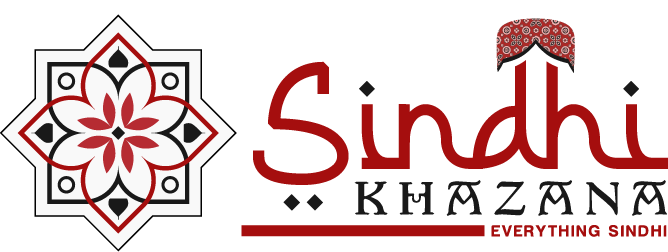Sindhi is one of the 22 languages officially recognised by the Central Government of India. It is the official language spoken in the Sindh province of Pakistan. One of the oldest languages of the world and one of the 200 Indo-Aryan languages, it is spoken by roughly an estimated 25 million people in Pakistan, India, and the Sindhi diaspora around the world.
The six main dialects of Sindhi are (1) Siraiki, spoken in Upper Sindh, (2) Vicholi, in Central Sindh, (3) Lari in Lower Sindh,(4) Lasi, in Lasa B’elo, Kohistan on the western part of Sindh, (5) Thari, in Tharu, the desert on the southeast border of Sindh and (6) Kutchi, in the Kutch
region of Gujarat, India. Vicholi is the standard dialect for most Sindhi speakers and is used in Sindhi literature and education.
Historically, Sindhi was written in Gurmukhi, Khojki, Shikarpuri, and Khudabadi script. Today, Sindhi is written in Sindhi -Arabic, and Devanagari script in India. Roman-Sindhi script is used by the contemporary Sindhis for texting on mobile phones. The Sindhi – Arabic script is a modified Arabic script and has 52 letters. There are some consonants in the Sindhi language that a non-Sindhi would find difficult to pronounce. The Sindhi script is written from right to left.
The Sindhi language is rich in vocabulary influenced by Sanskrit, Prakrit, Pali, Arabic, and Persian languages. The first-ever translation of the Quran (the Holy Book of Islam religion) into Sindhi was in the 12th century. Many renowned poets and writers of Sindh such as Shah, Sachal, and Sami have enriched the Sindhi literature.
Abdul_ Majid Bhurgri and Abdul Razaque, both computer professionals, have worked on enabling the use of Sindhi script on personal computers, which has revolutionised the Sindhi printing and publishing industry. Today, many Sindhi Hindus are scattered all over the world after the partition of India in 1947 who may not have the facilities to learn the language and the script in a formal classroom. So, the Central Institute of Indian Languages, Mysore, and Indian Institute of Sindhology, Adipur- Gandhidham, both in India, are working towards teaching the language through distance learning programs and running classes at local levels.
Jyoti Mulchandani
Ahmedabad

Sir for your kind information, the Sindhi dialect spoken in Upper Sindh is called Utraadi ( the uttar in Sindhi means north) or Sireeli (Sirr in the head), Sireeli name is less common and Utraadi is well known,but not called Siraaiki which itself is a separate language and believed by certain linguists to be blend of both Sindhi and Punjabi. Siraaiki language is written both in Sindhi as well as urdu scripts. I myself have seen the Diwan of Khwaja Ghulam Farid a famous Siraaiki language poet both in Sindhi and Urdu scripts.
2) Sindh in Devanagari script is written from left to right , but in Arabic script it is written from right to left.
By the way you have given a concise knowledge about Sindhi language. I belong to taluka Thari Mirwah, district Khairpur,Sindh. I appreciate your efforts.